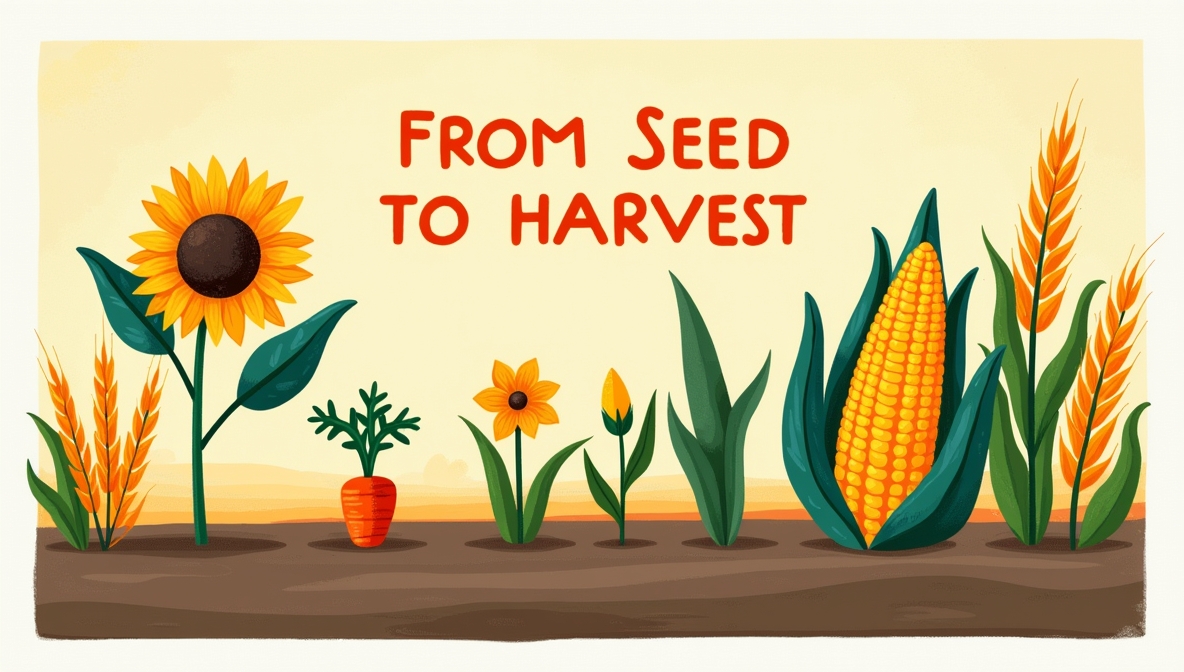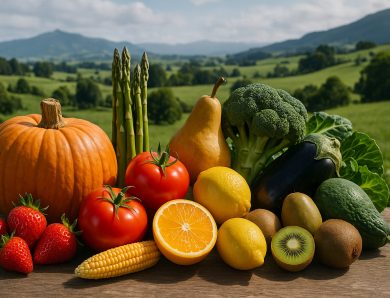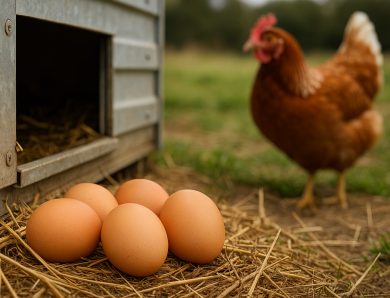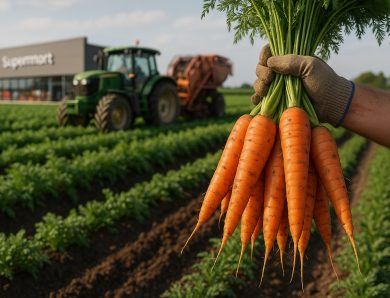
From Seed to Harvest: How Long Do Common Crops Take to Grow?
The journey from a tiny seed to a full-grown crop is a fascinating process that many farmers and gardeners measure in time. The answer to how long crops take to grow depends on several factors, including the type of crop, local weather, soil quality, and farming techniques. This article provides a detailed look at various growth stages and timeframes for some of the most common crops.
Understanding the Growth Process
Seeds undergo a series of changes before maturing into the produce that fills our baskets. The process typically begins with germination, followed by vigorous vegetative growth, flowering, and ultimately fruiting or grain production. Each phase has its own duration and challenges. Soil preparation, water availability, and natural elements all play significant roles in determining the overall timeline.
Stages of Crop Development
- Germination:
The first stage begins when a seed absorbs water and starts to sprout. During germination, the seed develops its root system and a small shoot emerges. This phase usually lasts from a few days up to two weeks, depending on the crop type and environmental conditions. - Vegetative Growth:
Once the seedling is established, the plant focuses on building its structure. Leaves form, and the plant begins to gather energy for the next stages of development. For many crops, this period can extend from two to six weeks. Factors such as temperature and nutrient availability influence the duration of this phase. - Flowering:
The flowering stage marks a transition in the plant’s life cycle. Flowers appear, setting the stage for fruit or grain development. This stage is critical as it directly affects the yield. Depending on the variety, flowering can begin within four to eight weeks after planting. - Fruiting/Grain Development:
After flowering, plants allocate resources to developing fruits, vegetables, or grains. The time needed for this stage varies widely. Some vegetables may mature in as little as six to eight weeks, while grains and fruit trees might require several months before harvest.
Common Crop Timelines
Different crops have their own unique growth patterns. Here are a few examples of typical timeframes observed in many growing conditions:
- Leafy Greens (Spinach, Lettuce):
These crops generally show quick growth. Spinach and lettuce can be ready to harvest within 30 to 45 days after planting. Their fast development makes them popular for small-scale gardening and seasonal production. - Root Vegetables (Carrots, Beets):
Root vegetables take a bit longer as they require time to build up substantial edible roots. Carrots and beets often need between 70 to 90 days to reach maturity, with some variations based on climate and soil conditions. - Nightshades (Tomatoes, Peppers):
For these crops, the timeline is a bit extended. Tomato plants can begin flowering around 6 to 8 weeks after transplanting, with fruit setting and maturing within 10 to 12 weeks. Peppers follow a similar schedule but may require an extra few weeks for optimal development. - Cereals (Wheat, Barley):
Cereal crops typically have longer growth periods. Wheat, for example, may take about 120 to 150 days from sowing to harvest. Barley shows a similar timeline, with slight variations due to seasonal changes.
To assist with planning and scheduling, some farmers use detailed calendars that include timelines for common crops using week numbers to show growth stages.
Factors Influencing Crop Timelines
- Climate and Weather Patterns:
Temperature fluctuations, rainfall, and sunlight hours affect the speed of plant development. Mild and stable weather can promote faster growth, while extreme conditions may slow it down. - Soil Health and Fertility:
A nutrient-rich soil supports robust growth. Organic matter, pH balance, and microbial activity all contribute to how quickly a plant can progress through its stages. - Irrigation and Water Management:
Consistent moisture levels are critical. Both overwatering and underwatering can delay growth. Precision in water management ensures that crops have adequate hydration at each stage. - Variety and Genetics:
Some cultivars are bred for rapid growth, while others are selected for yield or resistance to pests. Knowledge of a specific crop’s genetic background helps in predicting its development timeline.
Practical Tips for Successful Cultivation
- Plan Ahead:
Align planting schedules with local climate data to avoid unexpected delays. Adjust your practices based on seasonal forecasts. - Monitor Regularly:
Frequent checks on plant health can identify issues early. Use observations to fine-tune watering, fertilizing, and pest management routines. - Invest in Quality Inputs:
Using good quality seeds and organic fertilizers can improve overall growth speed and plant robustness.
The path from seed to harvest is a dynamic journey influenced by multiple elements. By understanding the timeframes for various crops and carefully managing environmental factors, growers can optimize their practices for better yields and a more efficient cycle from planting to produce.




No Comment